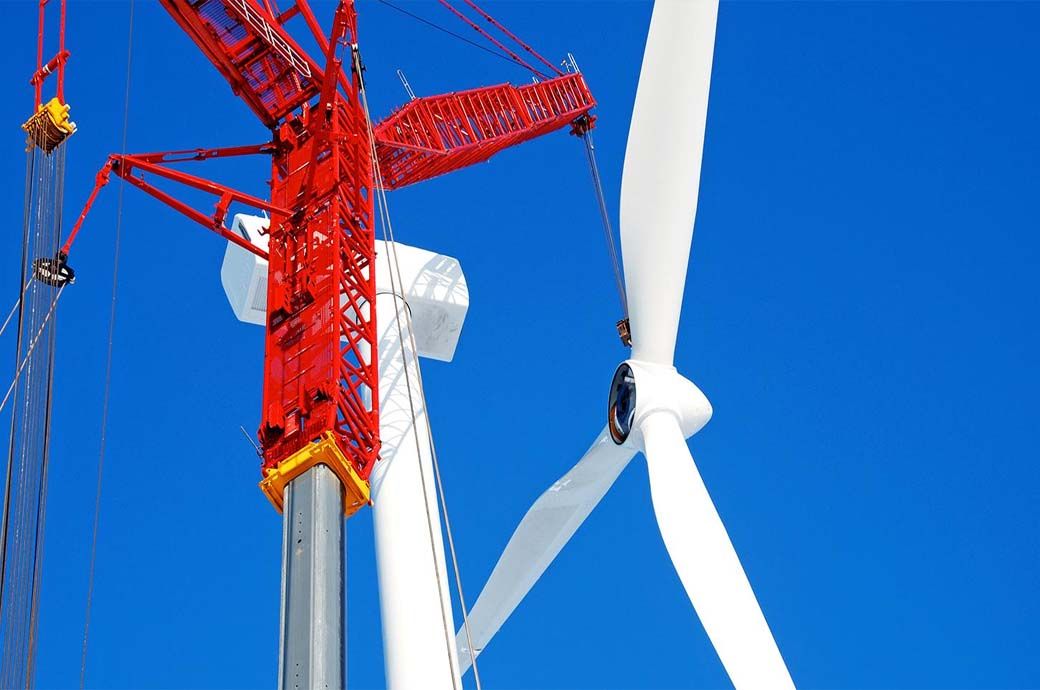
Estimated annual final investment decisions for projects demonstrate dramatic activity in renewables markets globally, a group of McKinsey experts wrote on its website.
Renewables markets have experienced high volatility because of fluctuations in the supply and prices of raw materials as well as frequent changes in regulations in recent years. This lack of continuity has made long-term capacity planning and the practice of securing favourable prices for large quantities of raw materials very difficult, the authors wrote.
Prices for the materials needed to create wind turbines and solar panels have also experienced significant volatility. Renewables developers and original equipment manufacturers (OEMs) will have to tackle several challenges to mitigate risk and build a more resilient supply chain, they said.
Renewables developers face three core supply chain challenges: securing access to raw materials and rare earth metals at stable prices; scaling manufacturing capacity to meet regional demand; and building up logistics and installation capacities.
The commodity squeeze challenging the wind and solar industries will only get tighter as demand increases from global decarbonisation efforts, the authors wrote.
The rare earth metals neodymium and praseodymium, for example, are needed as high-power magnets in both wind turbine generators and electric vehicles. Yet McKinsey estimates that these materials will face a 50-60 per cent shortage in 2030. Recycling will play an increasingly important role but is expected to meet only 10 per cent of total demand.
Across renewables supply chains, extensive investments are needed to grow capacities in line with demand and avoid large-scale imbalances between supply and demand, they note.
In addition, the dominance of one region and the relatively small number of suppliers weaken the resilience of renewables supply chains.
Sourcing needs to become a strategic priority. Three key success areas are: getting creative with vertical integration; partnering with suppliers to boost manufacturing capacity; and making risk management a common practice, they added.
Fibre2Fashion News Desk (DS)